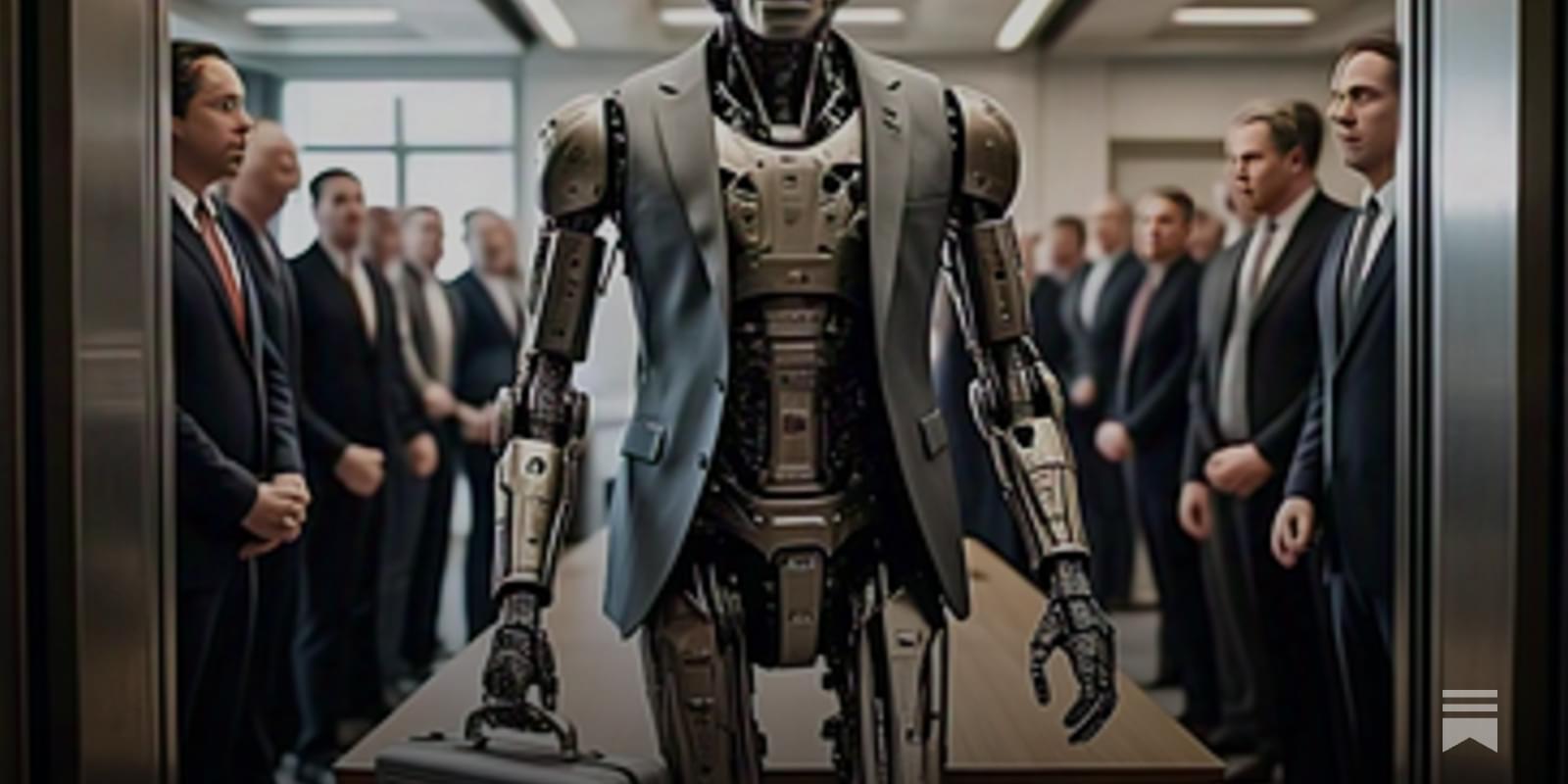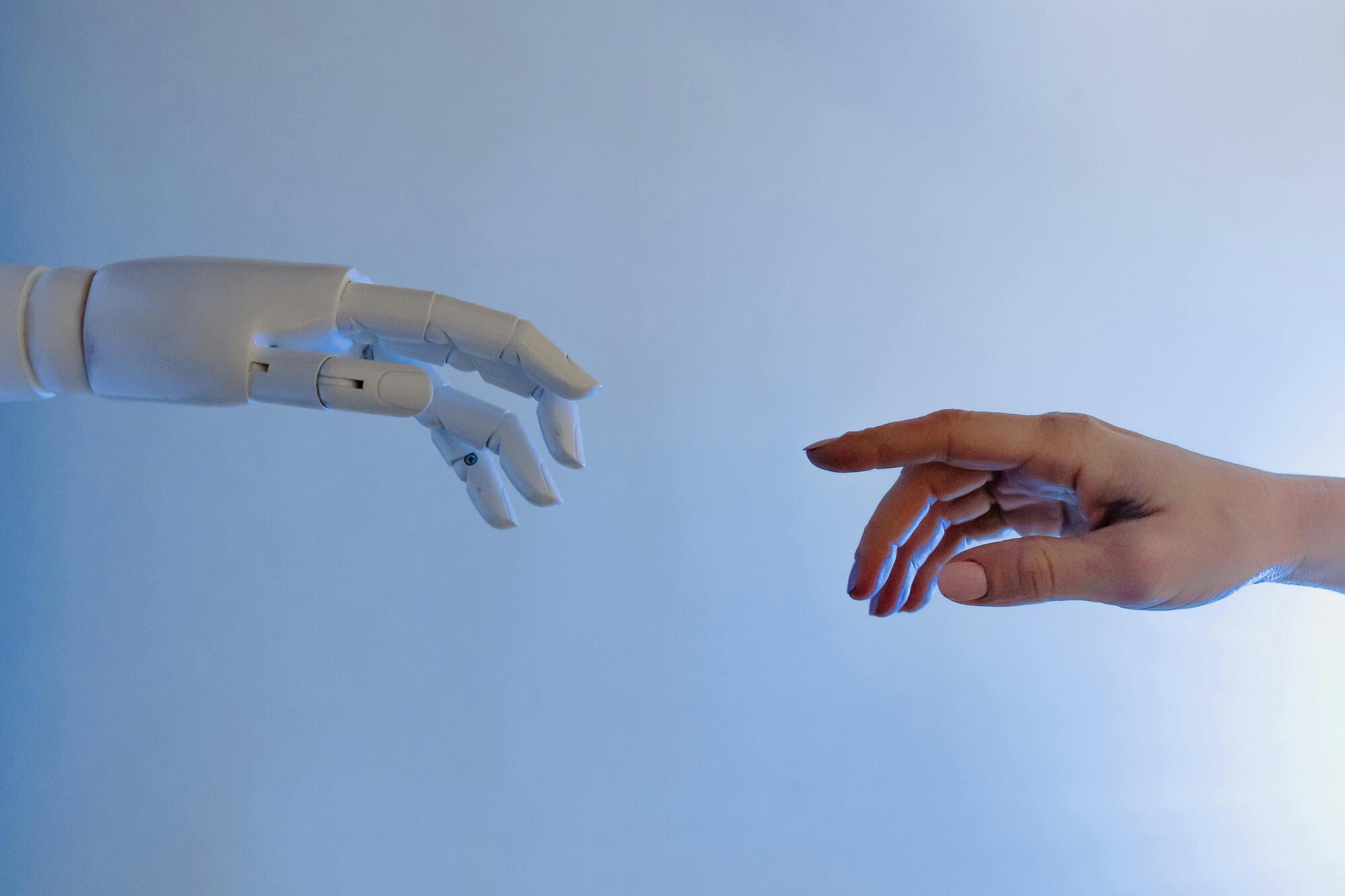Their search for Earth’s lost spices just crash-landed them into a world of trouble! 💥 When the six-member crew of the Serrano wrecks their ship; Kent, C-LA, Ada, Eloy, Mod and Nexus must race against time and some mysterious planet inhabitants to escape before they become the main course.
What’s next for Spice Frontier?
Steamroller Animation is an independent studio that has thrived in a competitive industry for more than a decade. While we’ve built a successful business providing high-quality animation services, our budget for original content is limited.
Spice Frontier: Escape from Veltegar marks our first pilot-length episode, created with a new real-time pipeline in Unreal Engine. Over the past 3.5 years, we’ve invested our profits into developing this technological framework that will support a future range of incredible stories.
Spice Frontier is our industry calling card, and we’re seeking investment, co-production partners, broadcasters, and distributors to bring future episodes to life.
Support independent filmmaking so we can share more Spice Frontier with the world!





